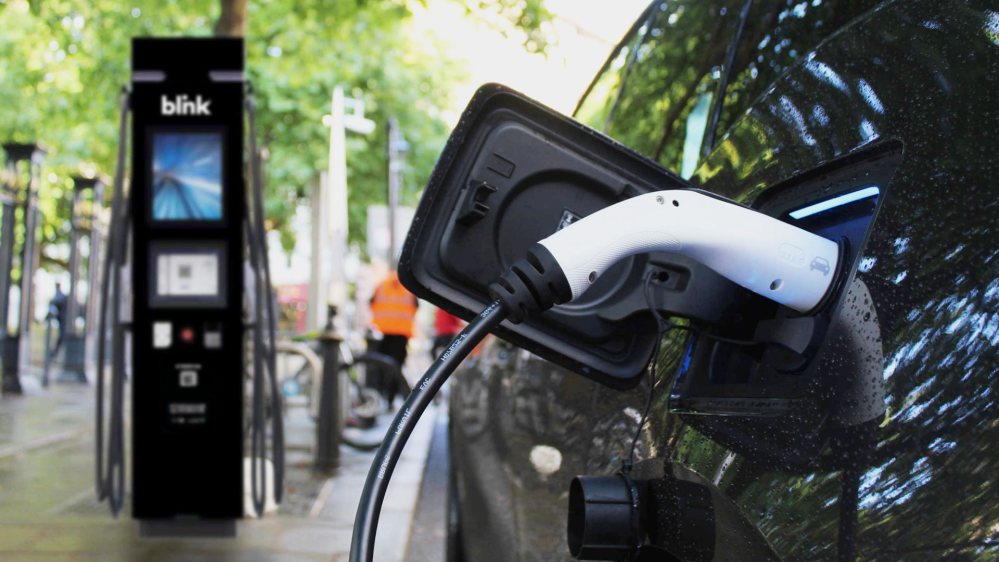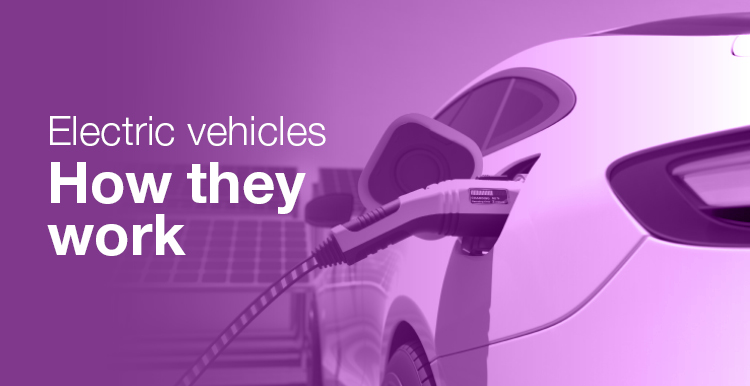
Electric cars have been described as being no more complicated than a giant mobile phone with four wheels and a chassis, but are they really that simple or are they more complex than that?
We asked Close Brothers Asset Finance to offer a summary of how electric vehicles actually work.

Electric power train
The key to every electric car is the electric powertrain because, unlike conventional vehicles that rely on internal combustion engines (ICE), electric cars use an electric motor to generate motion.
The electric powertrain consists of three main components:
1. Battery pack
2. Electric motor
How well do you really know your competitors?
Access the most comprehensive Company Profiles on the market, powered by GlobalData. Save hours of research. Gain competitive edge.

Thank you!
Your download email will arrive shortly
Not ready to buy yet? Download a free sample
We are confident about the unique quality of our Company Profiles. However, we want you to make the most beneficial decision for your business, so we offer a free sample that you can download by submitting the below form
By GlobalData3. Power electronics.
Battery pack
The battery pack is the key to the electric car, acting as the energy ‘reservoir’ that powers the electric motor, like the fuel tank on ICE vehicles.
Typically made of lithium-ion, these high-capacity batteries store electrical energy in a chemical form and release it when needed.
Development of more advanced and efficient battery technologies continues at pace and has significantly improved the range and performance of electric cars in a relatively short time.
Electric motor
The electric motor is the workhorse of the electric vehicle. When the driver engages the accelerator pedal, the power electronics control the flow of electricity from the battery pack to the electric motor.
The motor then converts this electrical energy into mechanical energy, providing the rotational force required to propel the vehicle forward.
Power electronics
The power electronics act as the ‘brain’ of the electric car’s powertrain, regulating the flow of electricity from the battery pack to the electric motor and ensuring the motor receives the correct amount of power at any given time.
The power electronics also convert the direct current (DC) from the battery to alternating current (AC), which the electric motor requires to function.
Regenerative braking
One of the best features of electric cars is regenerative braking – when the driver applies the brakes, the electric motor operates in reverse as a generator. This regenerative braking system converts kinetic energy into electrical energy, which is then fed back into the battery pack, effectively recharging the battery and increasing overall efficiency.
‘AI will be selling cars by 2025’ — Phryon
Charging infrastructure
The charging infrastructure in the UK is rapidly improving and advancements in charging infrastructure have significantly reduced charging times, making electric cars more practical for daily use.
Owners can recharge their vehicles in various ways:
- Level 1 charging (using a standard household outlet)
- Level 2 charging (using a home or public charging station)
- Level 3 fast charging (available at select public stations)







